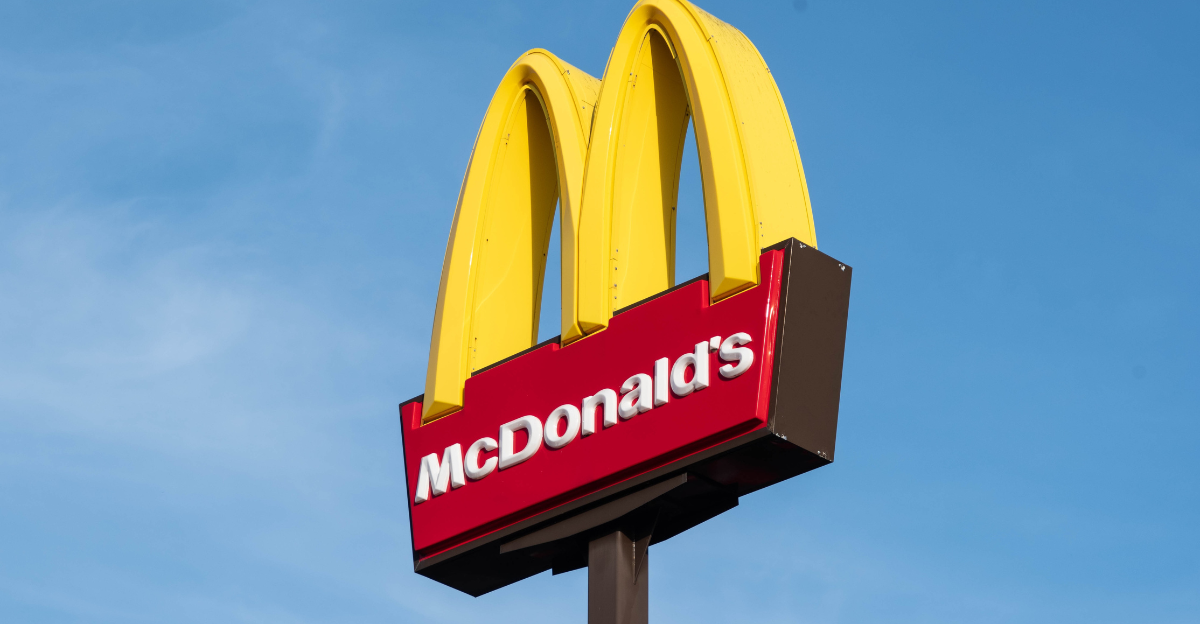
After a short-lived but very popular partnership, McDonald’s has announced that it stopped serving Krispy Kreme doughnuts at its U.S. locations from July 2nd. This decision came about just a year after the companies began to expand their collaboration nationwide. While the combination of two iconic American brands seemed promising at the beginning, it has unexpectedly come to an end due to rising costs and operational issues.
The Birth Of A Sweet Partnership
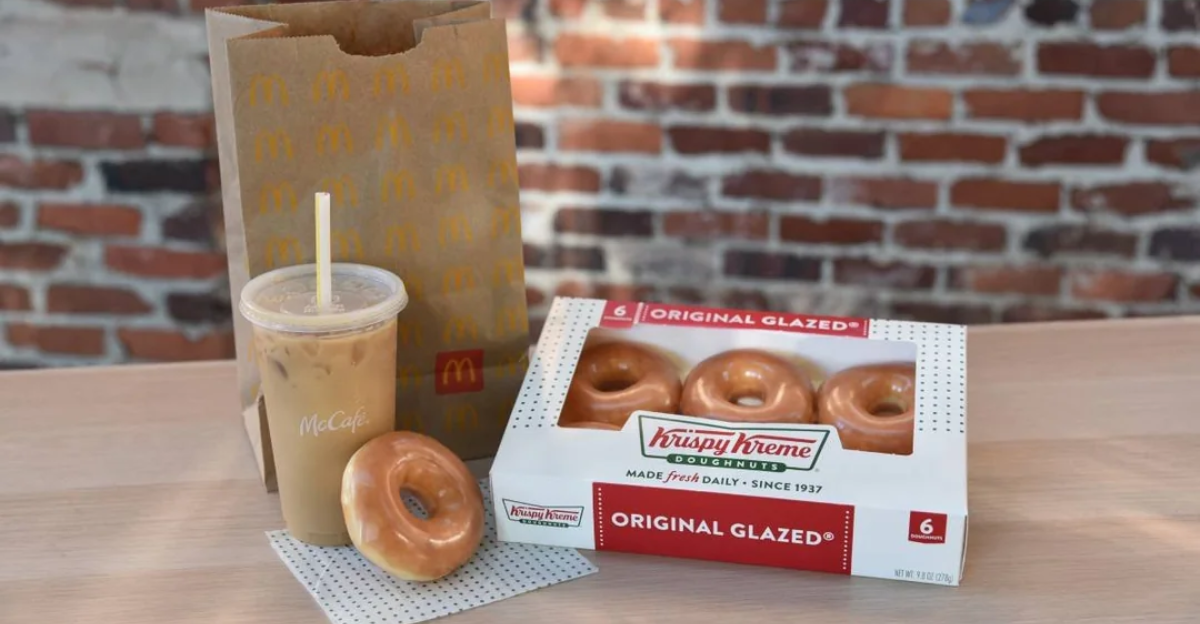
The partnership between McDonald’s and Krispy Kreme initiated in late 2022, when the fast-food powerhouse started trying out the sale of Krispy Kreme doughnuts at certain restaurants in Kentucky. The first test included three of the most popular doughnut flavors and was intended to measure both the customer interest and its operational integration. The response was more than positive, encouraging the companies to consider an expansion. This traction led McDonalds to make the announcement that it would begin selling Krispy Kreme doughnuts in restaurants across the country. The announcement was made in March 2024 and hinted at intentions of a nationwide distribution by the end of 2026.
National Expansion Meets Operational Reality

Despite the first excitement, the expansion plans encountered obstacles immediately. While the initial aim was to integrate the doughnuts into all 14,000 McDonald’s locations in the U.S., by mid-2025 the offerings hadn’t surpassed the small number of 2,400 stores. Operational logistics turned out to be quite complex, since Krispy Kreme’s fresh doughnuts demanded special delivery routines that most of the time did not align with McDonald’s fast systems. As a result, organising supply and preserving product quality became difficult tasks and strained both companies’ distribution chains.
Expenses Exceed Sales Potential

One of the main reasons to end the partnership was the harsh financial reality that supplying doughnuts to McDonald’s proved more costly than profitable. The CEO of Krispy Kreme, Josh Charlesworth, claimed that the economics didn’t make sense anymore despite the constant positive response from the customers. He also pointed out that the company could no longer balance the high distribution costs with the insufficient demand from stores. There have been some efforts to optimize the logistics, but they were sadly unsuccessful confirming the instability of the collaboration.
McDonalds Remains Focused On Core Strategy
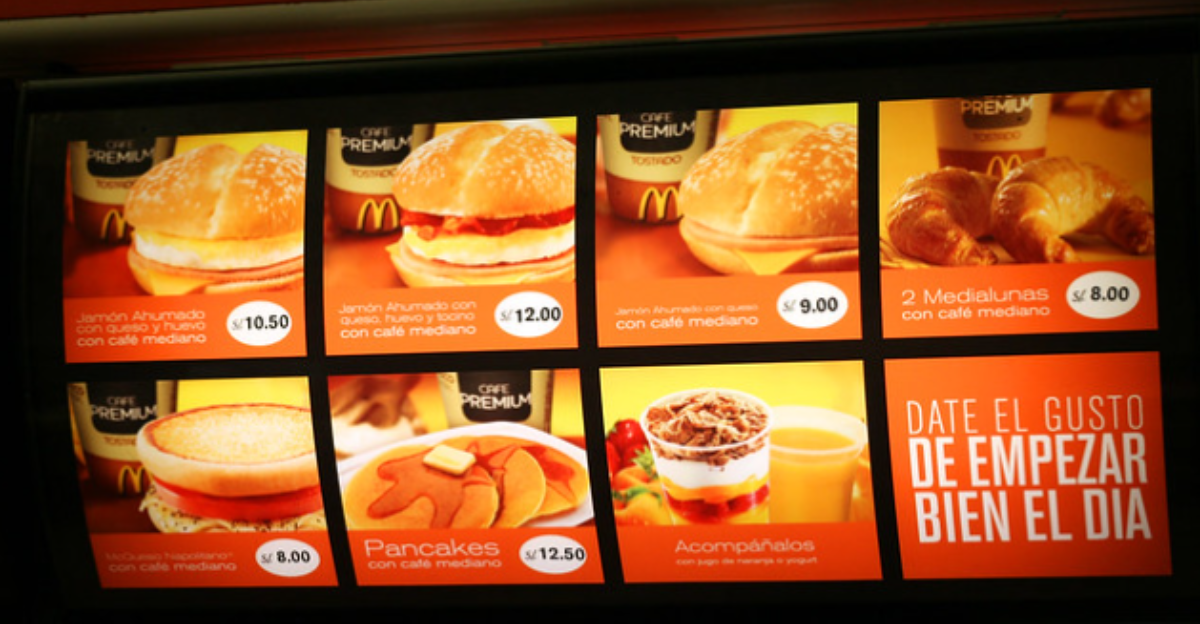
The end of the partnership wasn’t a significant loss for McDonald’s. The company stated that although the doughnuts added some variety to its breakfast menu, they weren’t a main component of its future plans. McDonald’s USA’s Chief Marketing and Customer Experience Officer Alyssa Buetikofer, claimed that the company was appreciative of Krispy Kreme’s cooperation and quality, but accepted that profitability for both parties was more essential. So it seems like McDonald’s will have to continue its evolution without the doughnut addition, with other breakfast classics like hash browns, Egg McMuffins and the upcoming Snack Wrap relaunch in the background.
Krispy Kreme’s Wider Difficulties
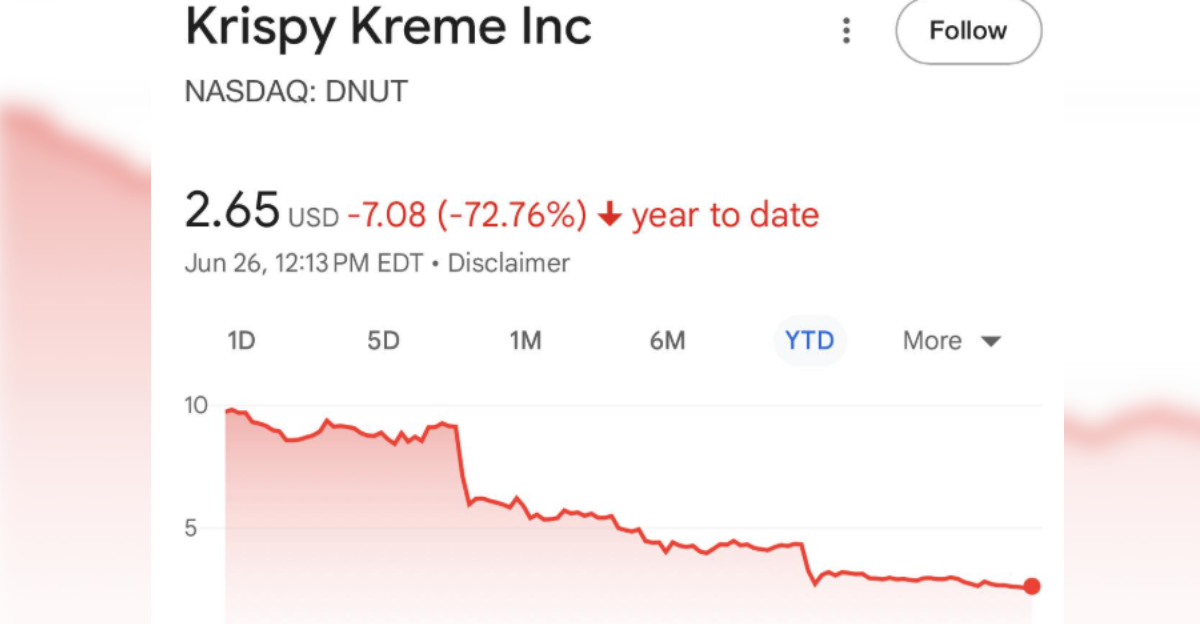
For Krispy Kreme the failed expansion with McDonald’s had broader financial effects. In the beginning of 2025, the company paused its guidance of full-year earnings and withdrew its profit share, implying macroeconomic issues and reduced consumer demand. Krispy Kreme’s shares dropped more than 70% and analysts pointed out that the company’s capital intensive model, which is based mainly on fresh daily deliveries, is vulnerable especially during inflation. Once seen as a growth factor, the McDonald’s collaboration has now become a major setback.
Customers’ Mixed Reactions
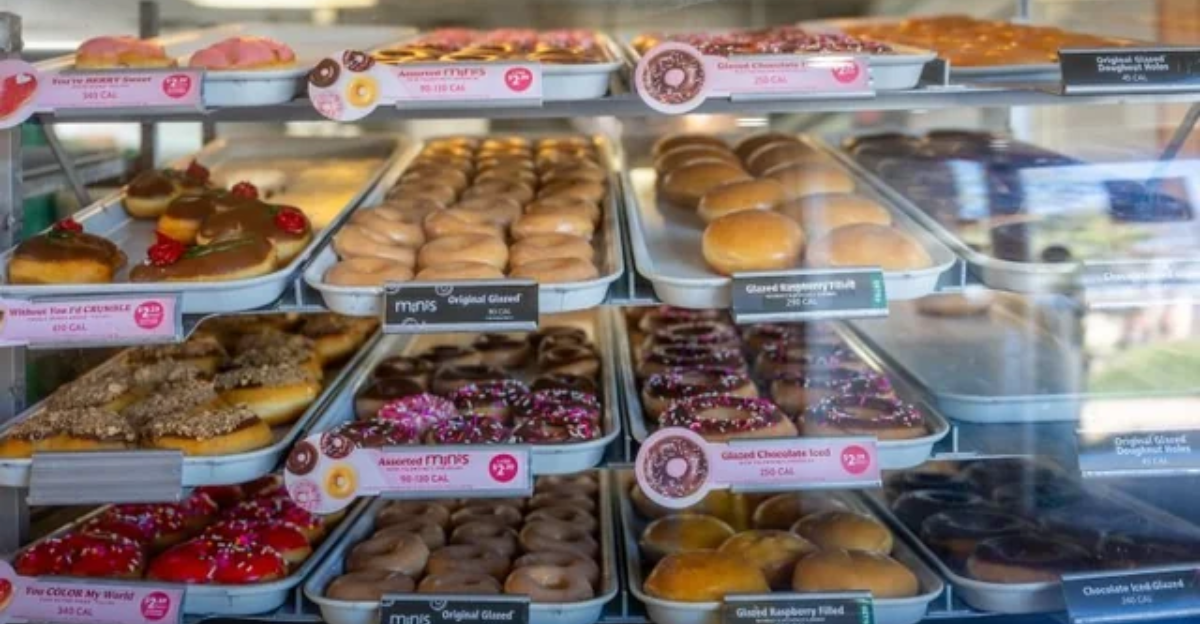
Emotions from McDonald’s customers varied. Some were disappointed and others just felt indifferent towards the collaboration. The main reason was that most of the time the doughnuts seemed to be less fresh than those sold at Krispy Kreme Locations. Also, the pricing was higher than expected, so to many customers the offering was something extra, not necessary. So, for those who eat breakfast on the go, the removal of Krispy Kreme doughnuts from the McDonald’s menu may not be a significant loss, but for doughnut lovers it translates to one less easy solution to satisfy sweet cravings.
Different Plans Ahead
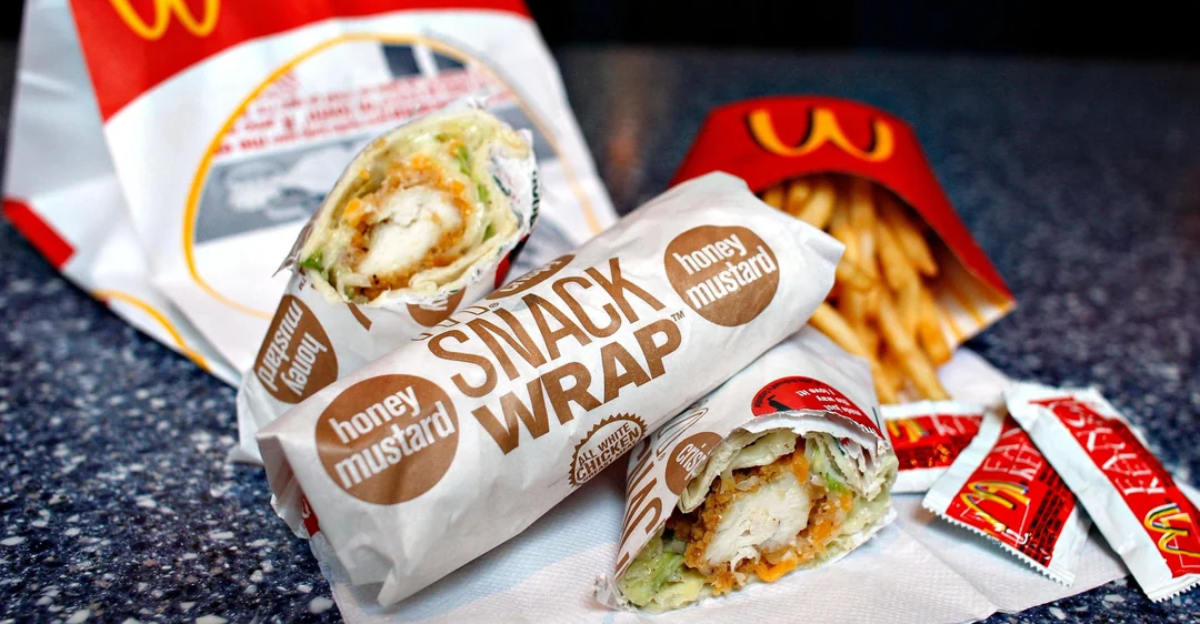
Both companies are aiming for growth in the near future. Krispy Kreme intends to focus on grocery and retail distribution, which will enable the company to reach customers directly, not through daily deliveries to restaurants. It is also planning to expand internationally through low-asset franchising. McDonald’s, however, is focusing more on menu innovation with its own kitchens. More specifically, it’s bringing back the Snack Wrap in July in an effort to boost snack sales, while remaining at the top of the breakfast category without having to depend on other products.
An Example Of Scaling Through Simplicity
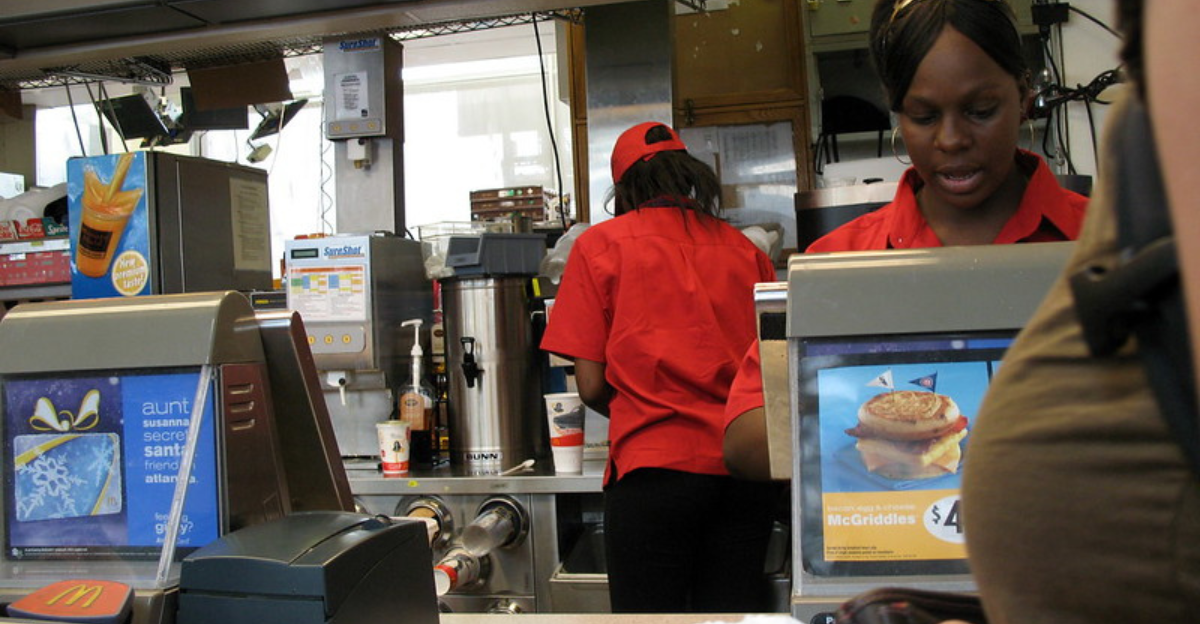
The failure of the McDonadl’s-Krispy Kreme collaboration stresses a vital lesson regarding scalability in business. No matter how beloved and popular some products are, they won’t thrive unless costs and logistics align. While McDonald’s relies on speed, consistency and minimal operation expenses, Krispy Kreme depends on freshness and daily distribution. So, combining these two completely different tactics turned out to be harder and more expensive than expected.
The Icing On Top

Now, after July 2nd, customers are able to grab a Krispy Kreme doughnut from McDonald’s locations one last time. After that, the two companies will part their ways and pursue different goals. But this brief collaboration gave us an idea of what fast food could potentially be like if companies team up, and showed us that even the sweetest partnerships are not always meant to last forever.